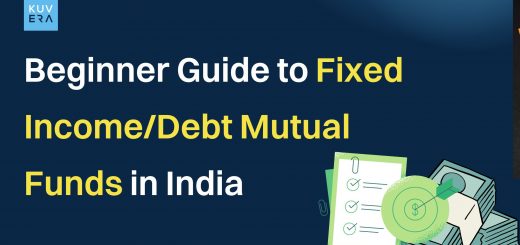| US election matter for stocks. Besides being the foremost military power of our era, the US has a 16% share of global GDP. The elections matter more for markets as the US stock market is 66% of the MSCI World Index. Sentiment in the US markets translates to sentiment globally. To put it practically, everyone watches the Fed, while only those invested in India watch the RBI.
It also matters for fund flows. Foreign Institutional Investors are a big part of the investment capital pool in India. And their sentiment is driven largely by what’s happening in the US.
For better or for worse, election cycles and stock market cycles have a linkage. The hypothesis is straightforward – a booming stock market is considered to be a marker of a booming economy or prosperity and reflects well on the incumbent administration. So people in power have an incentive to nudge policies that will be deemed good by the stock market. This is true everywhere – even in India, we see an additional policy effort to push markets up before elections 🙂
Numbers run by Dimensional Fund Advisors found that the intuition holds in reality. Of the 23 US election years since 1928, 19 election years had a positive stock market return. Historically, 83% of the time, S&P500 returns have been positive in an election year in the US. The average positive return from the 19 instances that the S&P500 was up was 17%. The odds that S&P500 will have a positive return in any given year is 74% which is much less than the odds for an election year.
|














